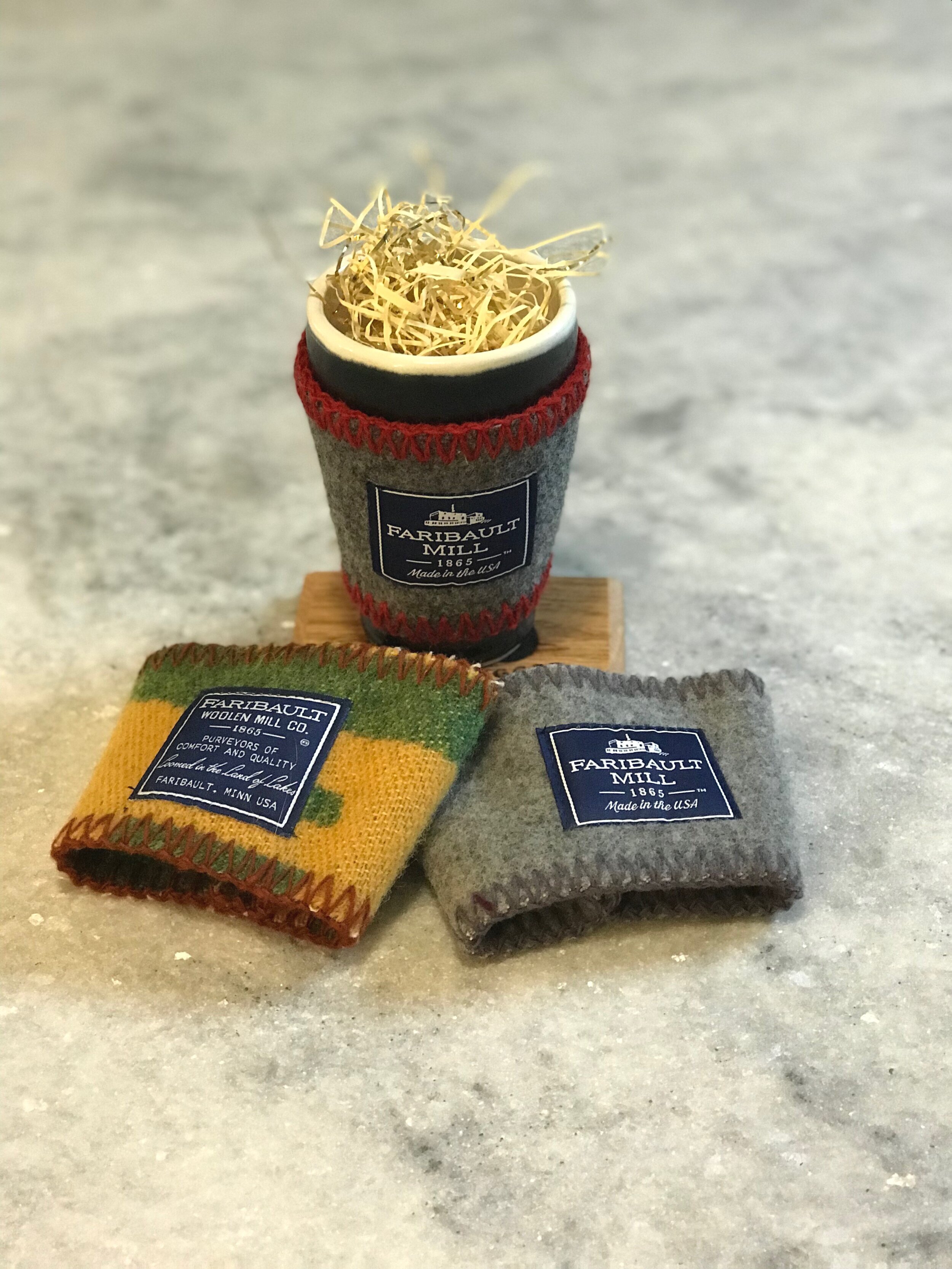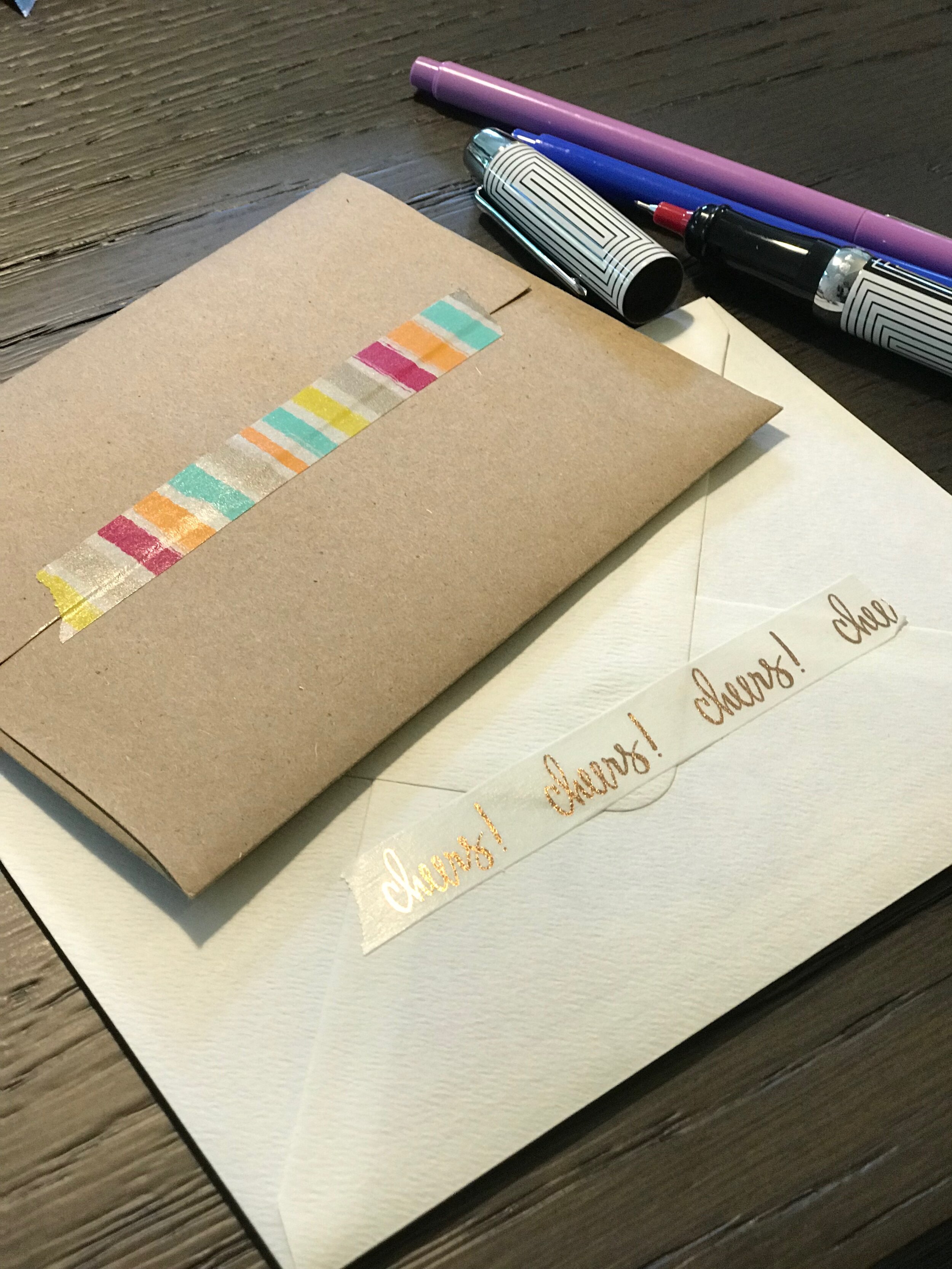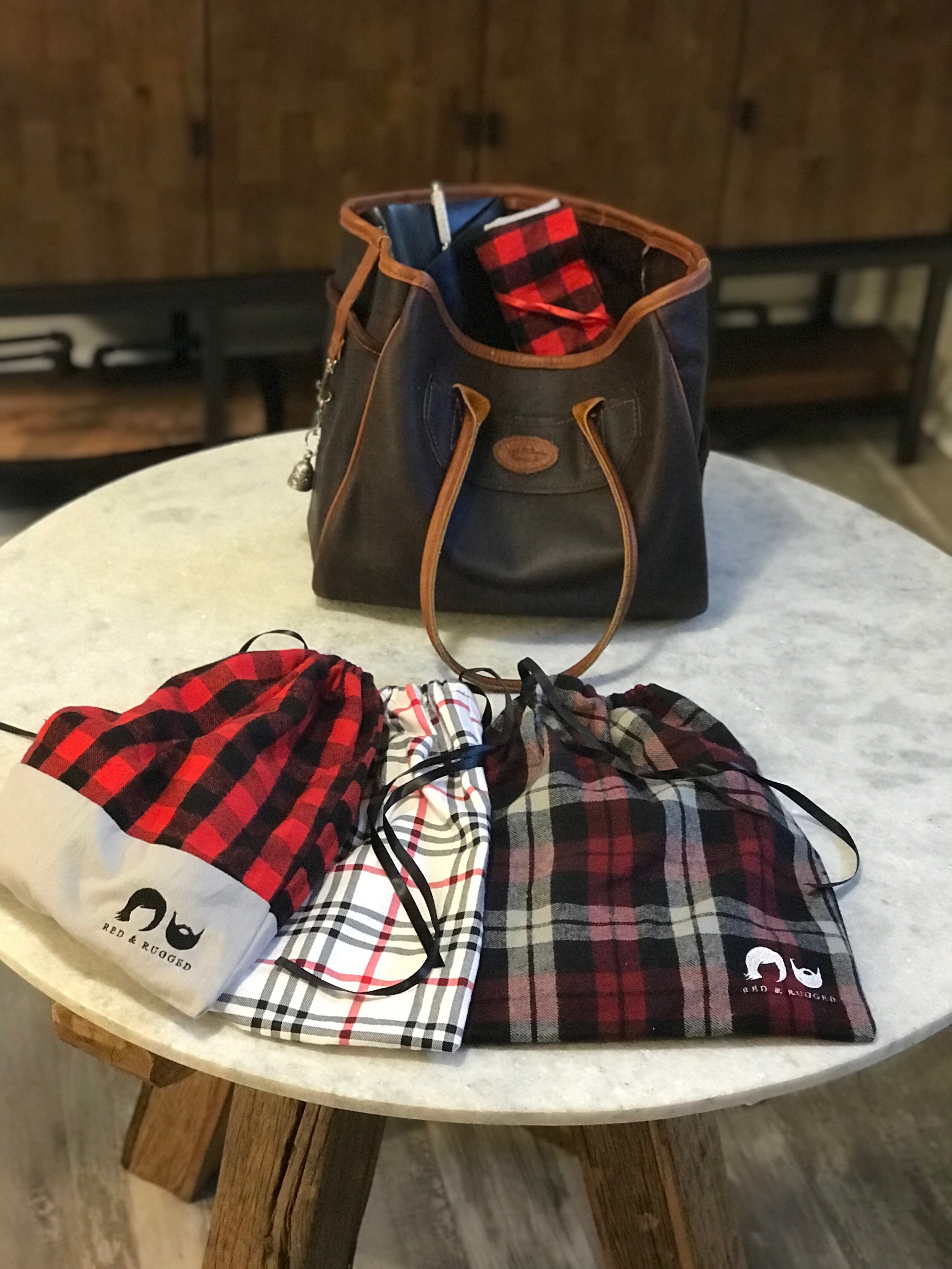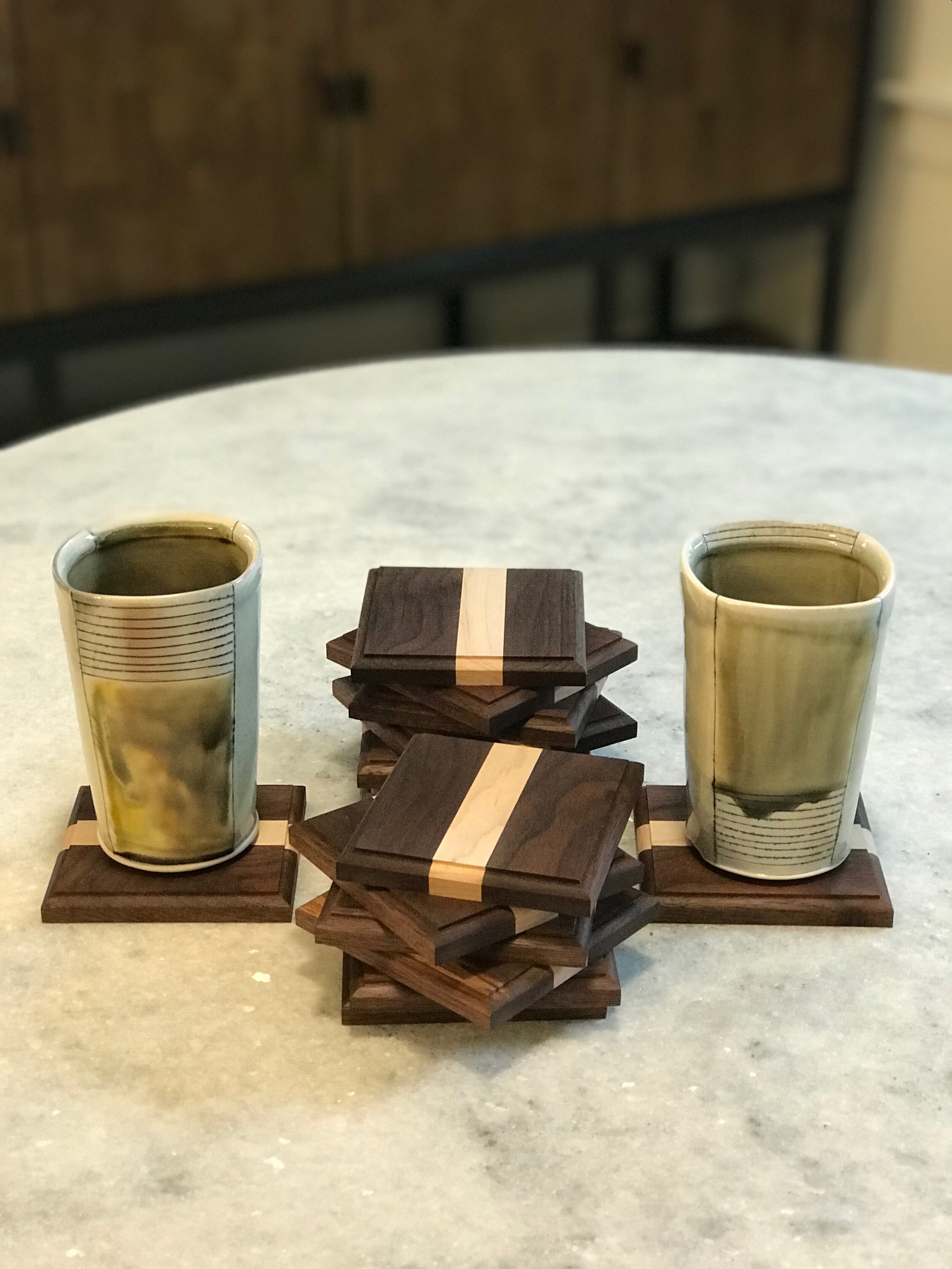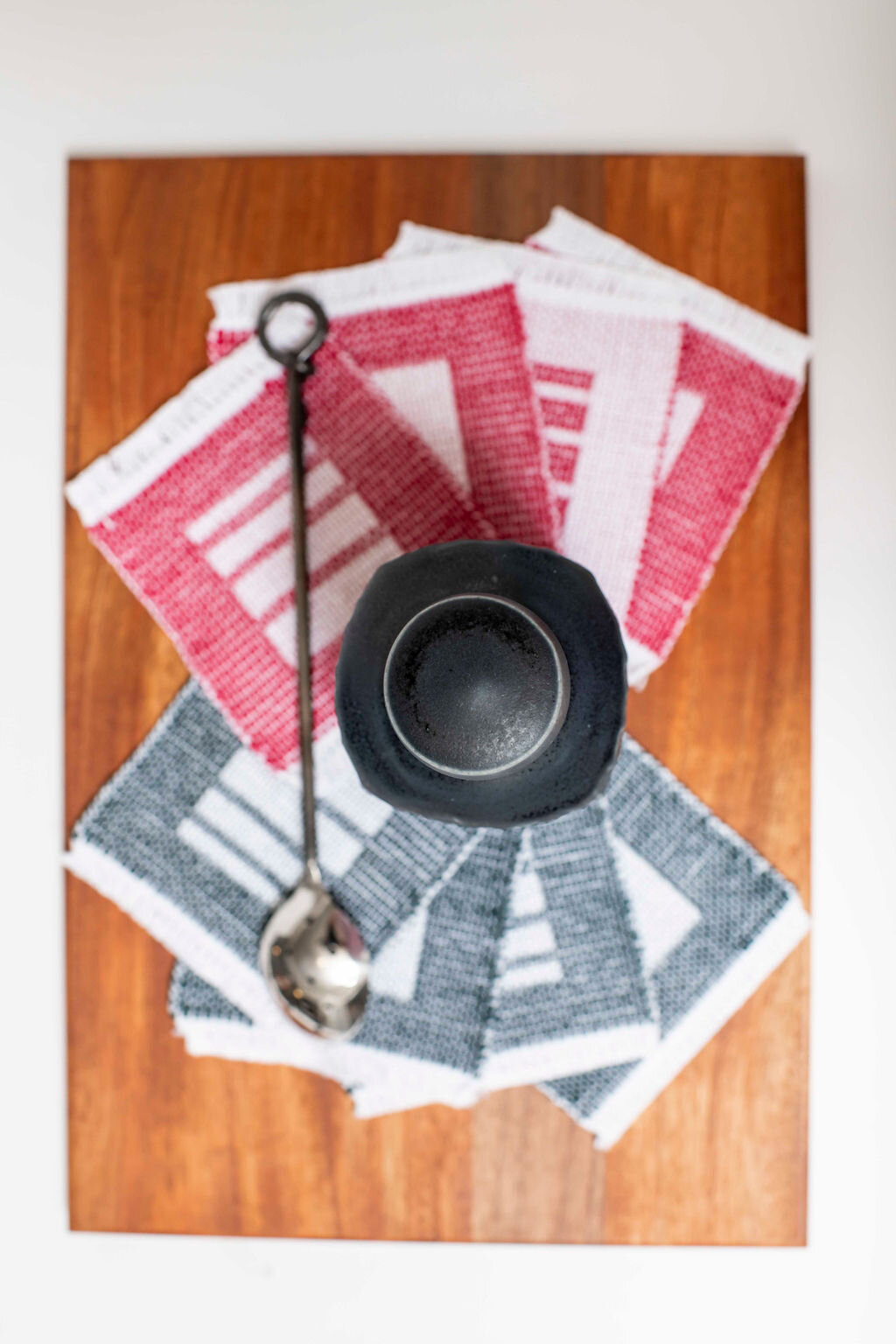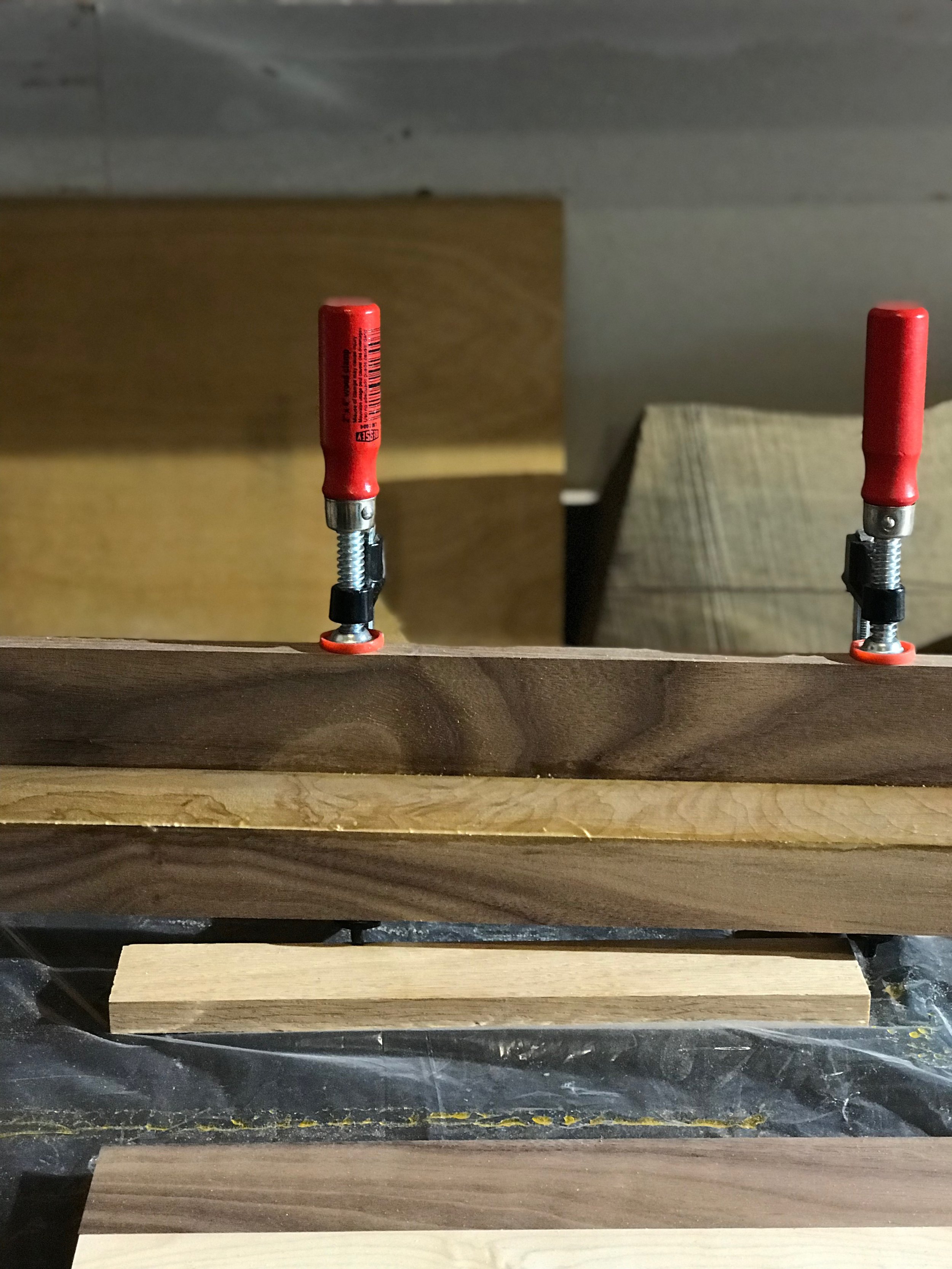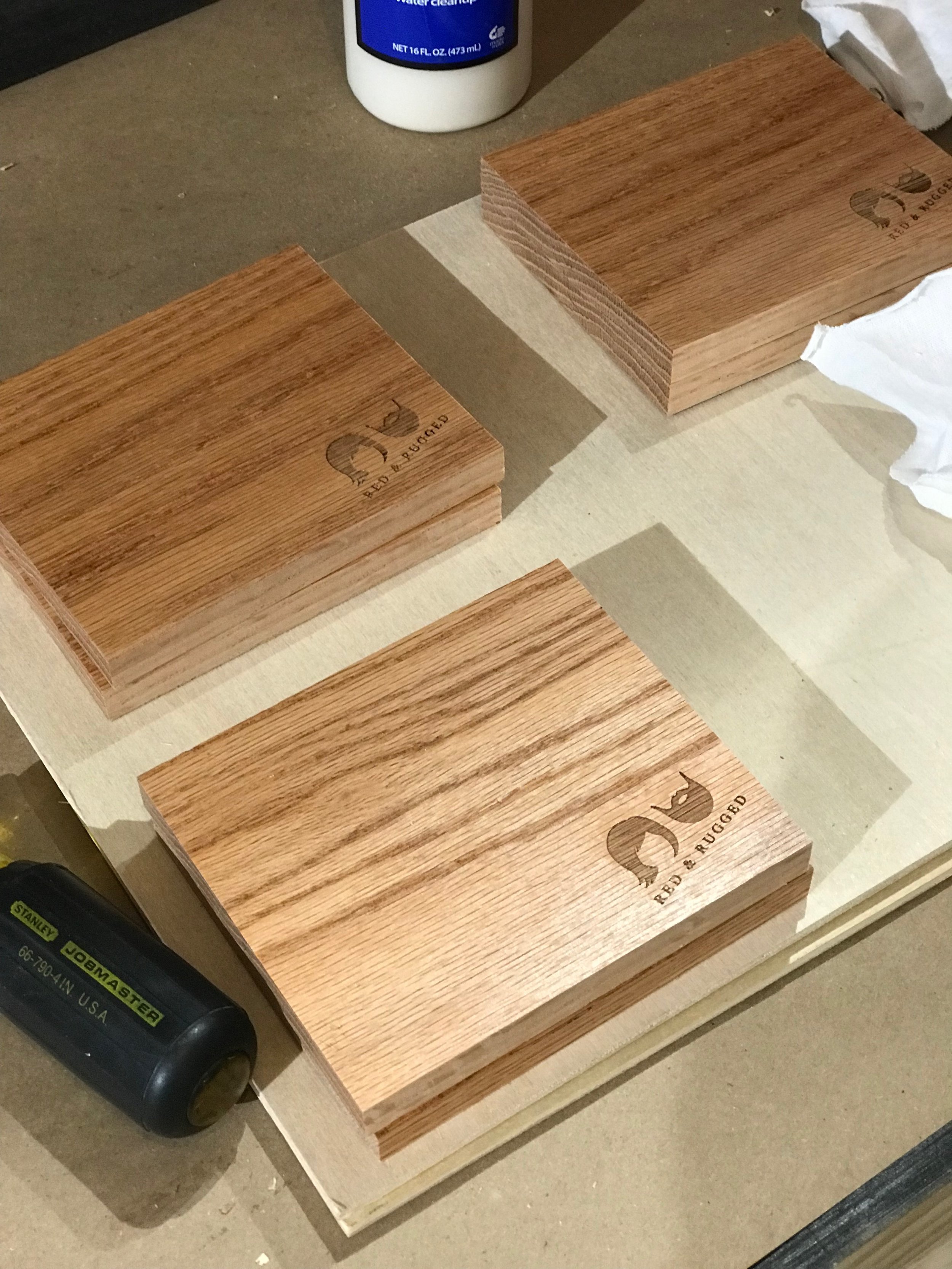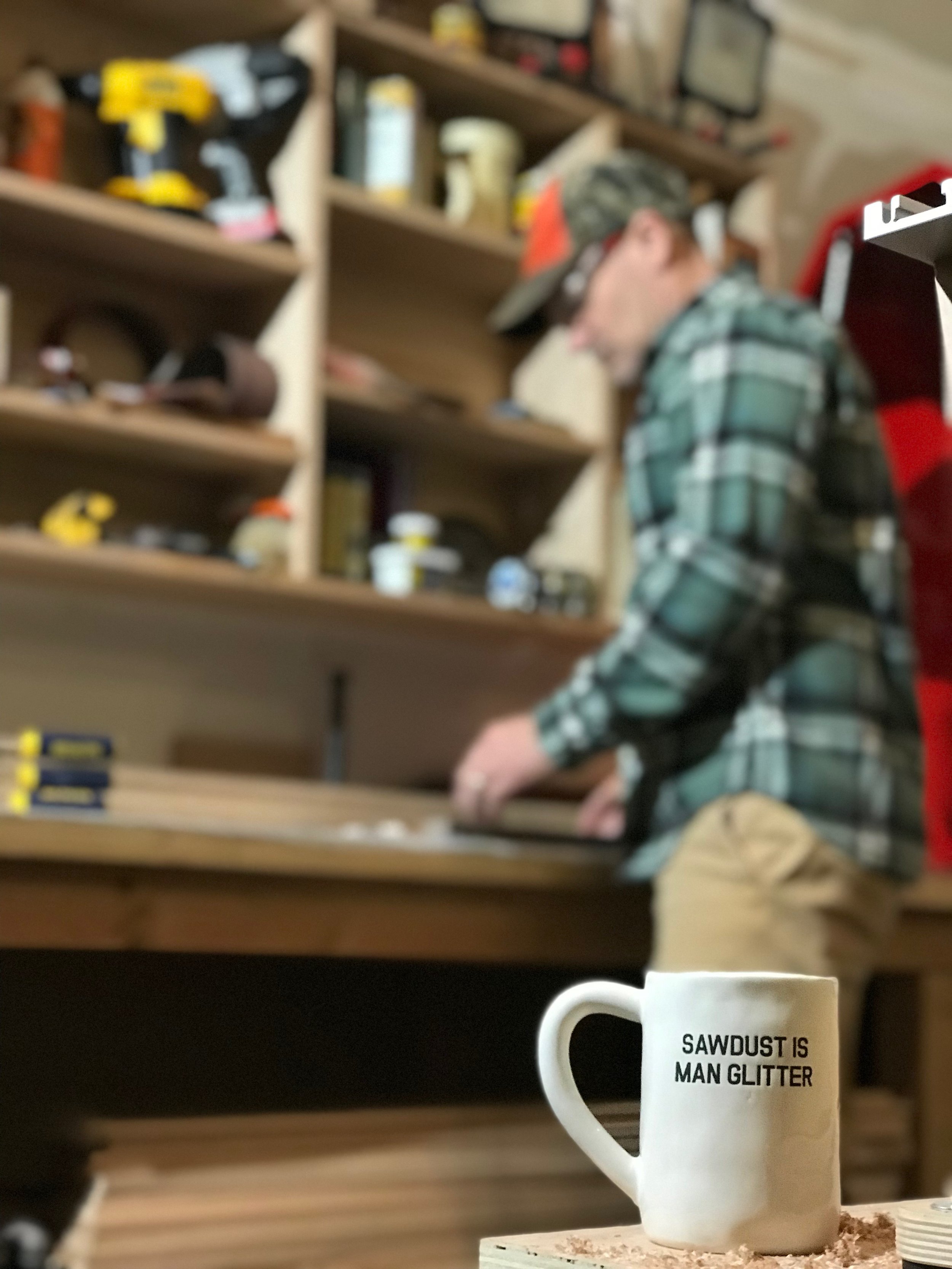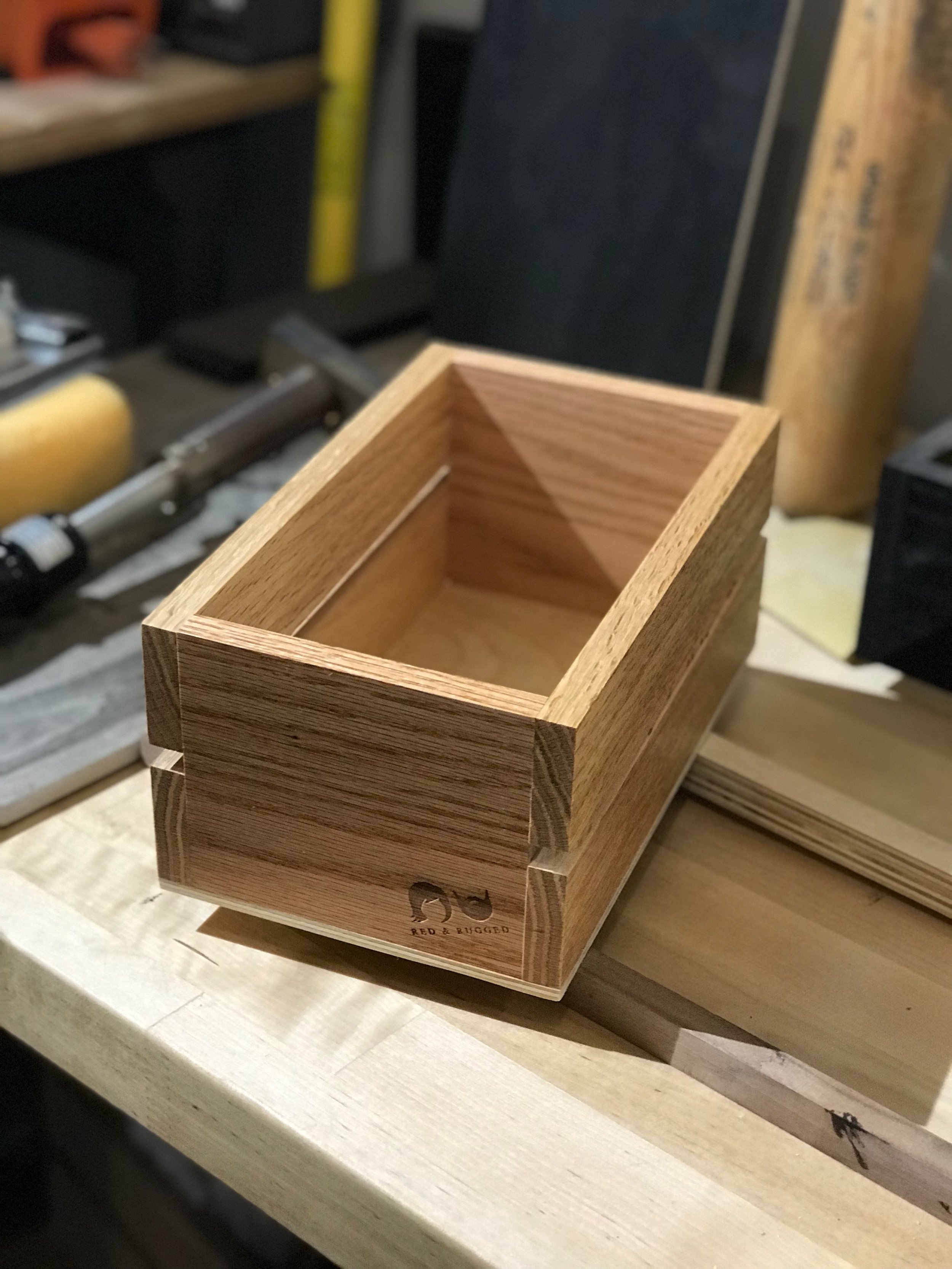Defining Community and Who Belongs In It
/There’s a pattern of questions we’re regularly asked regarding our artisan business community and how we originally got started. Here we take the mystery out of the equation, and answer the most popular questions asked of us. We hope this gives you a better feel for our world, and offers some insight if you’re thinking about building a business of your own.
How Do We Find the Artists?
This is the number one inquiry; people want to know the story behind our artisan network. There is no magic, single convention or show for this. Making these connections is a grassroots effort. We’re on the road traveling to art shows throughout the year. We attend big retail shows and small artisan craft shows. (More here.) We also connect through referrals between artists, and by doing our own research. No question, it is a time-consuming effort, which is why what we do is so valuable to our clients. We do all the driving, hotels and bad coffee to find beautiful artisan pieces, so our customers don’t have to.
How Did We Come Up with This Idea?
That’s a longer story. I’ve been creating thriving communities of different kinds for more than a decade, mostly in the start-up space and with a focus on university-based start-up communities. Eventually, I became more interested in moving toward a different kind of creative community. I missed my earlier years of creating content – writing, print, magazines – and wanted to get back to the areas I enjoyed. We had been going to art shows for years, and many of the artists we knew wanted to stay focused on enhancing their craft, not on packaging and distribution as much. Since I’ve created other successful communities in the past, launching an artisan community was a logical next step, both in terms of my skills and interests. Kevin (a.k.a. Rugged) has been a craftsman forever, so opening the door to his talents, creating beautiful gift boxes and other custom wood elements, was a big draw for him.
What Was Our First Step?
There isn’t one first step in launching a business. There are a ton. A lot of things happen in tandem once you decide to move forward - and that decision alone requires research, conversation and planning. Exploring the artisan community, and reaching out to different artists who were potentially a good match took months and much trial and error. While all that was going on, we were working with legal and accounting professionals to set a solid foundation. Then we launched a website (more here) and basic marketing materials.
We’ve come a long way since those days, and now have an established community of artists. We work closely with corporate executives, and have access to a growing number of talented professionals interested in working with us. It takes a village to build a business, and it’s important to determine quickly who belongs in your camp.




